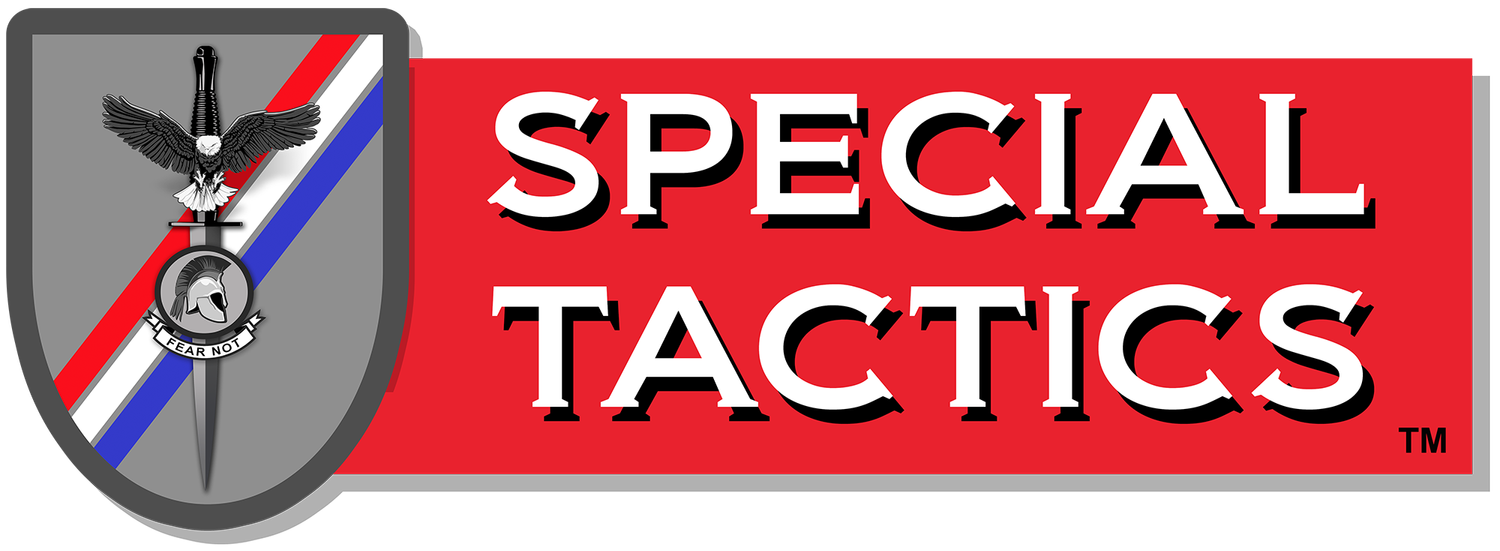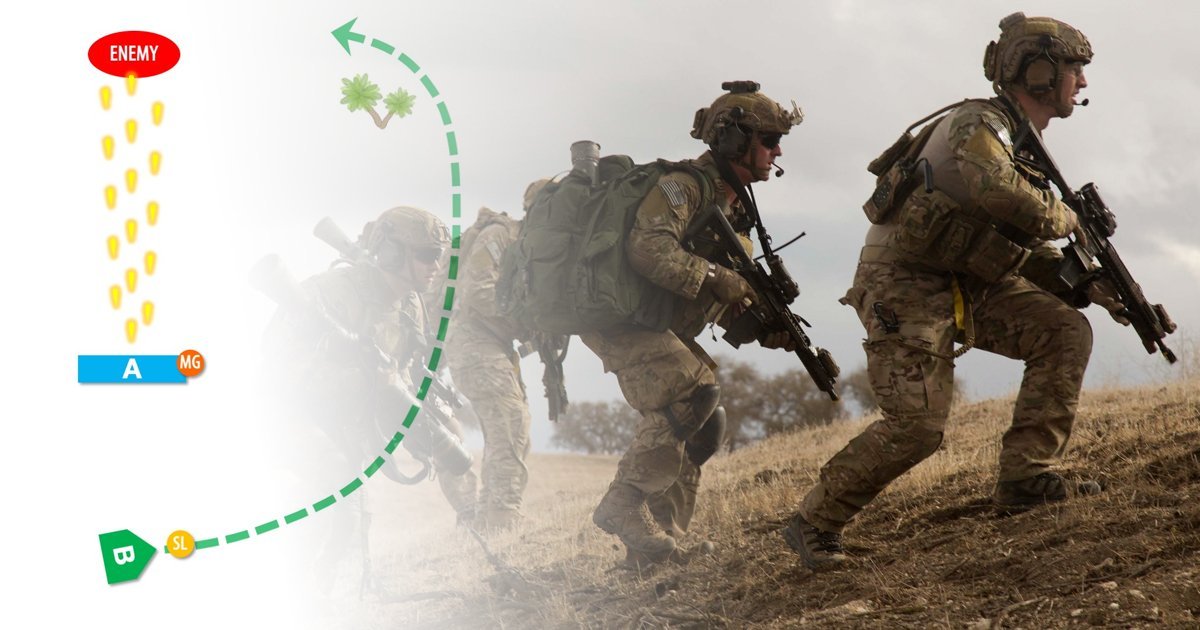The Lost Art of the Ambush
The ambush is one of the most commonly practiced but least understood tactical skills in the modern U.S. military. This short article is taken from our new Small Unit Infantry Ambush Tactics book. The article is drawn from the book’s introduction and discusses how the doctrinal “schoolhouse” mentality has caused many small unit leaders to forget the hard-earned ambush lessons of previous conflicts.
Machine Gun Employment: Fire Control and Surface Danger Zones
This article, drawn from our latest book on machine gun employment discusses some key concepts that relate to fire control and surface danger zones. Machine guns are some of the most decisive infantry weapons but they can also be difficult to employ effectively and safely. Fire control and direct fire control measures are critical for ensuring you take maximum advantage of your guns and avoid accidental friendly fire incidents. The full book goes into more detail on this topic and offers additional fire control techniques and examples for leaders at all levels.
Machine Gun Employment: Theory and Tactics
Our latest book on machine gun employment goes into detail on a wide range of topics relating to machine gun theory and various tactics and techniques for using machine guns in combat. This article takes a selection of short paragraphs on several key concepts and useful tactics that are critical for effective machine gun employment. The full book goes into more detail on each of these topics and shows how they relate to each other in the bigger picture.
The Problem with Army Battle Drills
This short article is taken from our new Squad-Level Infantry Rural Combat book and discusses some critical drawbacks in the way the U.S. Army teaches battle drills to small units. While the standard suppress and flank battle drill is intended only as a guideline or starting point for tactical maneuver, there are a number of problems with using the unmodified battle drill exactly as prescribed in the Army manual. Understanding these problems is a good starting point for developing better tactical options.
Infantry Rural Combat: Tactical Movement (Part 2)
This short article is taken from our new Squad-Level Infantry Rural Combat book and discusses how to maintain situational awareness while executing individual movement techniques in a real-world combat scenario. Even if a unit masters movement formations and techniques they may still find themselves at a great disadvantage if they don’t know how to look for and identify potential threats while moving.
Tactical Movement (Part 1) from our New Infantry Combat Online Course
This short article is taken from our new Squad-Level Infantry Rural Combat book which includes 200-pages of detailed full-color pictures and diagrams. The article discusses how to incorporate individual movement techniques into small-unit tactical movement in a real-world combat scenario. Even if a unit masters movement formations and techniques they may still find themselves at a great disadvantage in combat against an adversary that better knows how to apply those techniques to the reality of combat.
Small War Tactics: Downed Vehicle Drills
Special Tactics is excited to announce the upcoming release of our new book Small War Tactics: Professional Handbook. The book covers lessons learned from the past 20 years of fighting counterinsurgency battles and low-intensity conflicts around the world. Some specific topics include direct action targeting (F3EAD - unclassified), counter-IED operations, psychological operations, force protection and base defense operations, traffic control point setup and employment, tactical questioning and sensitive site exploitation (SSE). The book will be available on Amazon Kindle in the coming weeks.
Defensive Planning (Part 1): Contingency Planning and Threat Courses of Action
The fundamentals for planning a good defense are the same, whether you are a military planner preparing to defend South Korea, a law enforcement/security professional assigned to secure a compound/event or a citizen trying to defend your home and family from an intruder. This article is the first in a 3-part series on defensive planning. This first part deals with anticipating the threat and making contingency accordingly.
Military Urban Combat Now Shipping
After many delays, the Squad Level Military Urban Combat book is now shipping. The manual is over 400-pages long and provides a wide selection of common sense concepts and tactical options, designed to help military units develop their own mission-specific tactics, techniques and SOPs (Standard Operating Procedures) for both low-intensity urban operations (COIN and stability operations) and high-intensity conventional urban warfare.
Good Training vs. Bad Training
Quality tactical training is essential for keeping our military and law enforcement professionals at the top of their game. However, many training courses, schools and unit-level training exercises fail to achieve true, sustainable performance enhancement. This article provides a simple list of twelve questions to help leaders and students gauge the quality of tactical training programs.
DEBATE 2: Close Stack vs. Dispersed Stack
This debate compares two different ways to stack on a door while conducting urban operations. While these techniques each have several names, we will refer to them as the “close stack” and the “dispersed stack.” For security reasons, keep the discussion at the conceptual level and use general terms.











